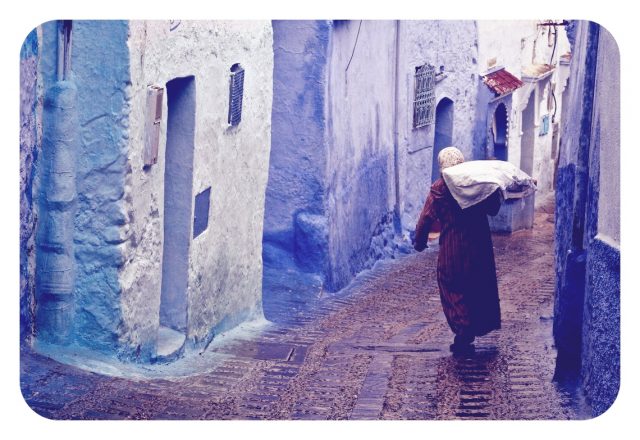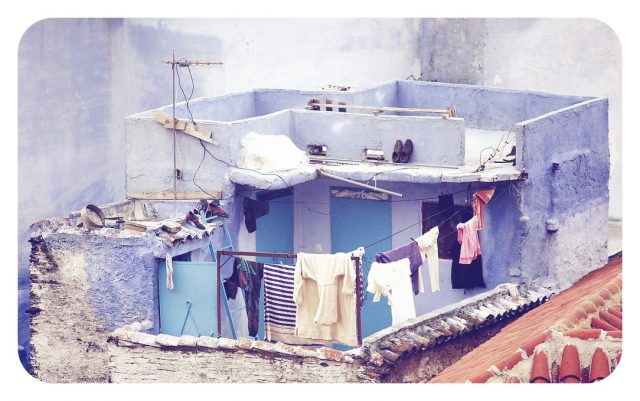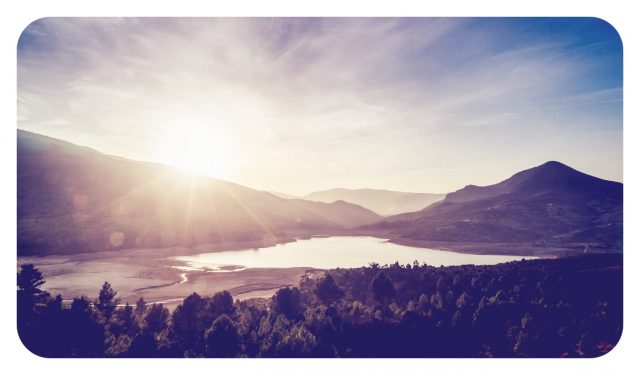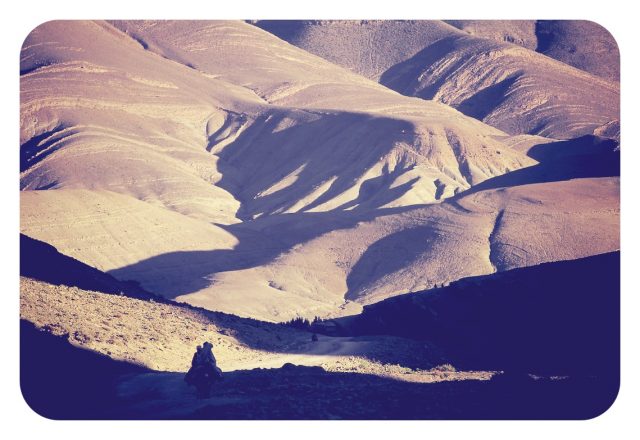 Ethen Rera
Ethen Rera
Blue skies, blue seas…this is a colour which we associate with open spaces, freedom, expansiveness, and inspiration. Blue’s cool tonality also invokes, among other things, rest and tranquillity; it’s even been shown to lower blood pressure. And of course, especially when it’s used in architecture, blue never fails to impress – especially when it’s the dominant colour scheme, as in a small number of towns and cities throughout the world, such as Jodhpur, India; Júzcar (aka “the village of the Smurfs“) in Spain‘s Andalusia region; Sidi Bou Said, Tunisia; and Chefchaoun, Morocco.
Also often known as Chaouen, this town of some 43,000 set at the foot of the Rif Mountains of northwest Morocco about two hours south of Tangier, is most famous for its 16th-century medina (old quarter) packed with buildings in various shades of blue. It’s a dream to wander its steep cobblestone lanes; luxuriate in its secret gardens; browse its souks and shops for lovely local products such as exquisite wood carvings, leather goods, woolen clothing, and woven blankets; sip aromatic mint tea at sidewalk cafés; visit a hammam (traditional sauna); stay in its picturesque riad guesthouses; and savour a delicious tagine in one of its many restaurants.
 Benson Kua
Benson Kua
Founded on the site of a Berber settlement as a fortress to guard against Portuguese depradations in the late 15th century, much of it was initially settled by Muslims and Jews from Al Andalus, (Islamic Spain), as it was reconquered by Christian forces and eventually the Spanish Jews ejected wholesale, Chefchauoen is home to a lot of history, and you can see some aspects of it on display at the Kasbah Museum, an ethnographic collection housed in the town’s onetime fortress in the main square, Place Outa el Hammam; it includes local traditional woodworking, weapons, musical instruments, and dress.
 Martina Abba
Martina Abba
Surrounding the town is a landscape rife with eco and adventure opportunities in the nature reserves of Talassemtane (145,000 hectares/358,000 acres) and Bouhachem, with activities including canyoning, caving, mountain biking, and rock climbing.
 Jean-François Gornet
Jean-François Gornet
Amid forests of firs and Atlas cedars inhabited by Rif monkeys and myriad exotic bird species such as the bearded vulture, hikers will especially enjoy the trails leading to Mount Tissouka, near the village of Akchour (with a gorgeous waterfall just outside town, and a bit farther along, a spectacular natural rock bridge known as God’s Bridge and the even more awesome Blue Pearl Falls).
More info: VisitMorocco.com.
Read this post in Spanish.

